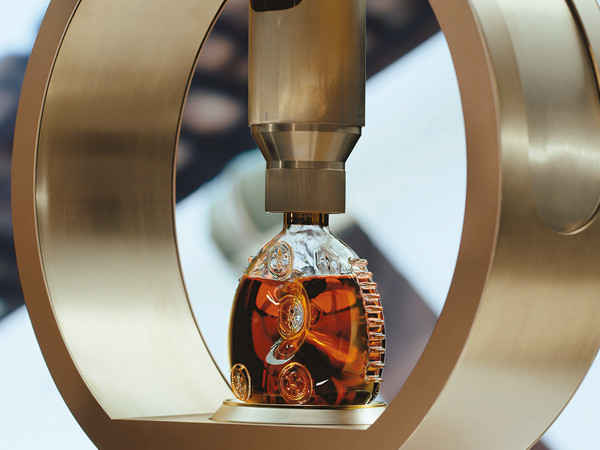
Guy Woodward: The perils of eco-friendly embellishment
I spent Christmas in South Carolina, to where my wife’s parents have just moved after three decades in Colorado. What with the new home and the festive season, there was much to celebrate. All of which, naturally, called for a special bottle.
Despite my allegiance to English sparkling, I felt it had to be Champagne. But this wasn’t the most shameful part of the offering that made its way across the Atlantic (I was right not to trust the local stores, where Gallo’s Sweet Pineapple was the only cuvée I could find en magnum). No, the worst part was the unnecessary presentation box, which I kidded myself was justified on account of its perilous journey.
In reality, I was keen to generate maximum impact. And the box was, at least, recyclable, so I’m not beating myself up too much. Indeed, as my in-laws were teetotal when I first met them 14 years ago, I feel I’m due some sort of industry award for our six-bottle haul on Christmas Day. Not least because, otherwise, I might have felt obliged to gift the even more extravagantly presented alcohol-free ‘Sparkling White’ bottling that I came across in Harrods.
- Read more: Guy Woodward – Celeb overload
I’m yet to find a convincing low or no wine, but at least most are produced via a quasi-authentic process. This one is made by simply chilling unfermented grape juice, carbonising it and then charging £25 for what is essentially a pimped-up Shloer. Worse still, you can “elevate your gifting experience and add a touch of Parisian elegance with our custom-made luxury gift box – exquisitely crafted with a hand-tooled leather covering and lavish suede inner lining, to make a lasting impression”. Such indulgence not only takes the price tag to a scarcely believable £40, but isn’t recyclable.
It feels rather out of place today, particularly when the bottling is eco-conscious in other facets (recyclable corks; recycled glass; and natural soy instead of oil-based inks for the labels). But the marketing types evidently feel they need to add a glam factor to compete with Champagne.
↓
Statement presentation
No drinks brand makes more of a statement with its presentation than Cognac Louis XIII, famously housed in a crystal decanter with an 18ct gold neck. Now, though, the house has launched an initiative to scale back the bling – and the environmental impact. Instead of buying a new decanter, customers will be able to return their empty model to be refilled, in a carefully choreographed ceremony.
The Infinity Experience sees each decanter “meticulously inspected, cleaned and resealed” before the Infinity Wheel is set in motion and “the mahogany-coloured eaux-de-vie flow from the refill capsule into the pristine decanter, and light dances across its surfaces”. A specially engraved medal is transferred to the original decanter before sealing and boxing.
But the most eye-catching element? The ritual costs exactly the same – £3,200 – as purchasing a new coffret, complete with decanter. Such pricing is perhaps the brand’s way of saying it was always about the liquid. It is simply trusting customers to do the right thing. So will they?
Call me a cynic, but given the choice between lugging an empty decanter into central London for a refill or having a new one delivered for the same price, I can think of a certain type of client who might just plump for the latter. Louis XIII, though, says the move forms part of a series of commitments “to drive sustainability across the luxury spirits industry”. It has also reworked the design of the coffret, which is 100% recyclable, 24% lighter and 14% smaller, while CO₂ emissions from the packaging have been reduced by 57%.
Ruinart blazed a similar trail in the Champagne market, moving away from the presentation case to its lightweight, paper-based but still elegant ‘second skin’. Others have followed, and it’ll be interesting to see how many English sparkling producers dispense with the unnecessary but attractive foil capsule on bottles now that it is no longer obligatory.
Gifting wine or spirits should be a special moment – and luxury brands will always want to be chic. But as Louis XIII and Ruinart have boldly shown, there’s a new definition of luxury at play – think of it as authenticity without embellishment. And it’s good to see those at the top of the tree leading the way.




